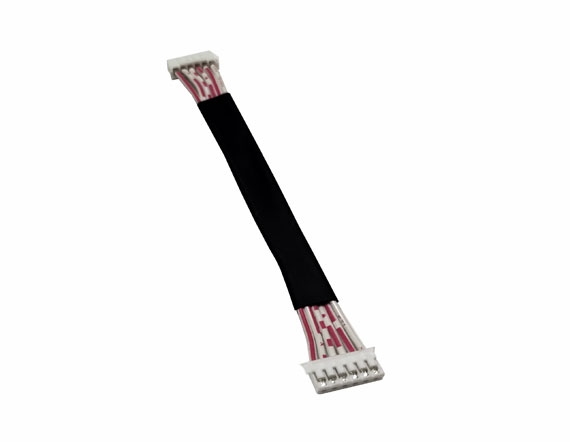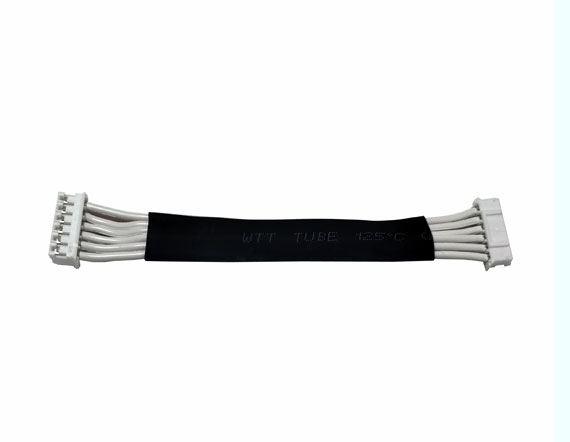When dealing with various types of cables, understanding their specific functions and applications is crucial. Among the many types of cables, 6 pin terminal signal cables and 6 pin power cables are commonly used, but they serve distinct purposes and have different characteristics. Here’s a detailed look at how these two types of cables differ.
6 Pin Terminal Signal Cable:A 6 pin terminal signal cable is designed primarily for the transmission of signals. These signals can be analog or digital, depending on the application. The primary function of this cable is to carry data or control signals between devices. For instance, in industrial automation, these cables connect sensors, controllers, and other equipment to facilitate communication and control processes.
6 Pin Power Cable:In contrast, a 6 pin power cable is intended to carry electrical power. It is used to connect power sources to devices or components that require electricity to operate. This type of cable is essential in applications where multiple power lines are needed to deliver electricity efficiently to various parts of a system.

6 Pin Terminal Signal Cable:The internal construction of a 6 pin terminal signal cable typically includes multiple insulated conductors. These conductors are arranged to handle different signal paths, which could include data, ground, and power lines if required by the application. The cable may also be shielded to prevent interference and maintain signal integrity.
6 Pin Power Cable:A 6 pin power cable generally contains thicker conductors compared to signal cables, as it needs to handle higher currents. The insulation material is designed to handle the electrical load and prevent overheating. Power cables are usually not shielded unless there is a need to reduce electromagnetic interference (EMI) for sensitive applications.
6 Pin Terminal Signal Cable:The connectors used with 6 pin terminal signal cables are often designed to accommodate the specific needs of signal transmission. Common types include Molex, JST, or custom connectors tailored for particular applications. These connectors ensure that the signals are transmitted accurately and reliably.
6 Pin Power Cable:Power cables often use connectors designed for high-current applications. These connectors are robust and capable of handling significant electrical loads. They may include features such as locking mechanisms to prevent accidental disconnection.

6 Pin Terminal Signal Cable:These cables are used in applications where precise signal transmission is crucial. Examples include data communication in computers, control systems in industrial machinery, and connection between various electronic devices. They are designed to maintain signal quality and minimize noise.
6 Pin Power Cable:Power cables are used in applications where reliable power delivery is necessary. They are commonly found in power distribution systems, electrical panels, and devices requiring multiple power inputs. Their design focuses on safety and efficiency in power delivery.
6 Pin Terminal Signal Cable:Signal cables are designed to offer high performance in terms of signal clarity and low attenuation. The quality of signal transmission is affected by the cable’s shielding, insulation, and overall construction.
6 Pin Power Cable:Performance in power cables is measured by their ability to handle current without overheating or causing voltage drops. The gauge of the conductors and the quality of insulation play a crucial role in ensuring safe and efficient power delivery.
In summary, the primary difference between a 6 pin terminal signal cable and a 6 pin power cable lies in their intended functions and construction. Signal cables are designed for data transmission with an emphasis on maintaining signal integrity, while power cables are built to deliver electrical power with a focus on handling high currents safely. Understanding these differences helps in selecting the appropriate cable for specific applications, ensuring optimal performance and reliability.